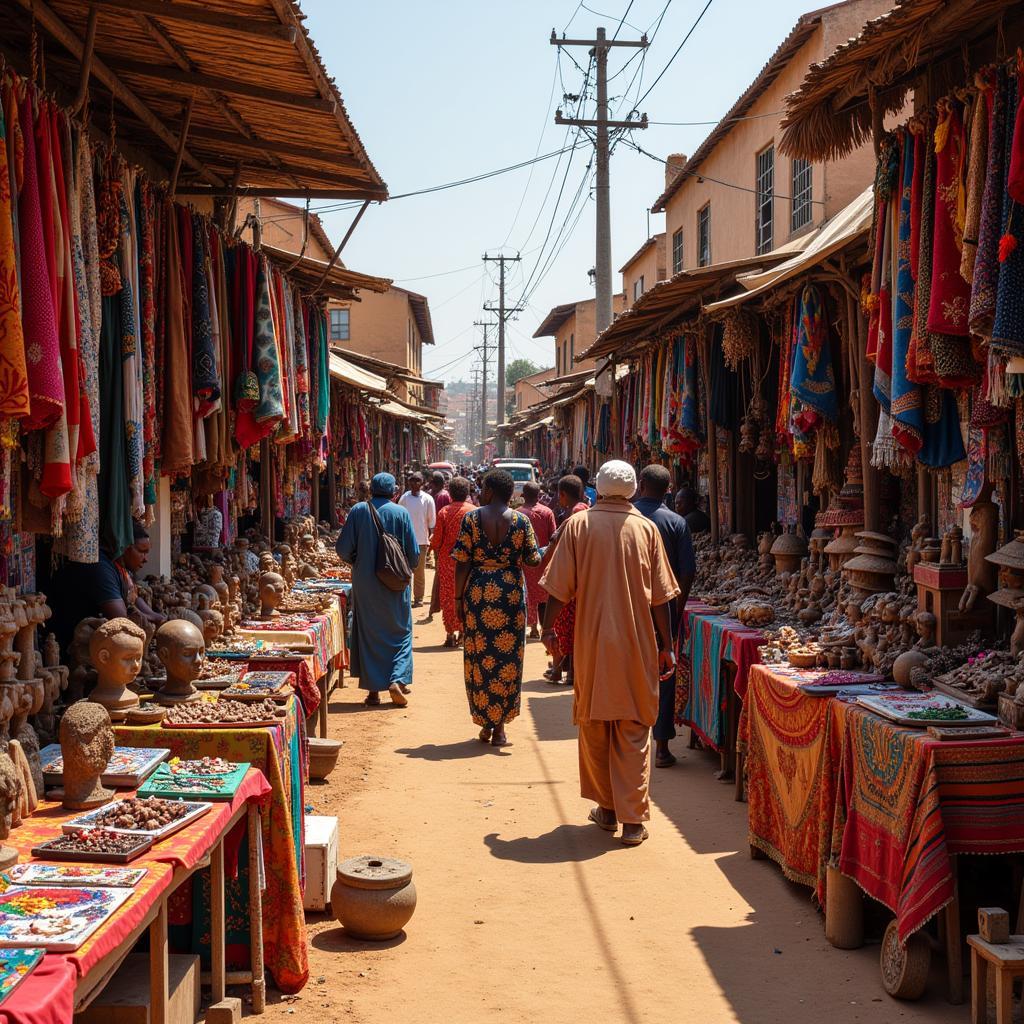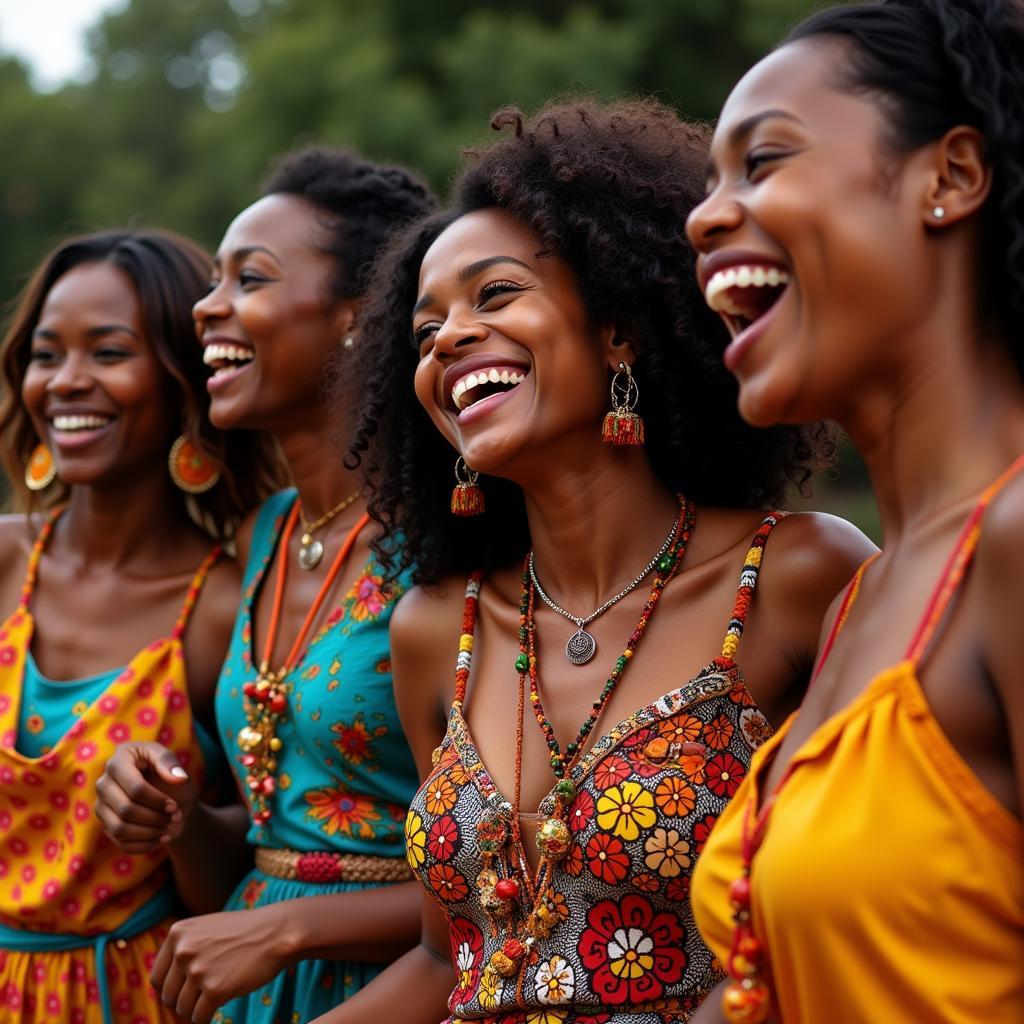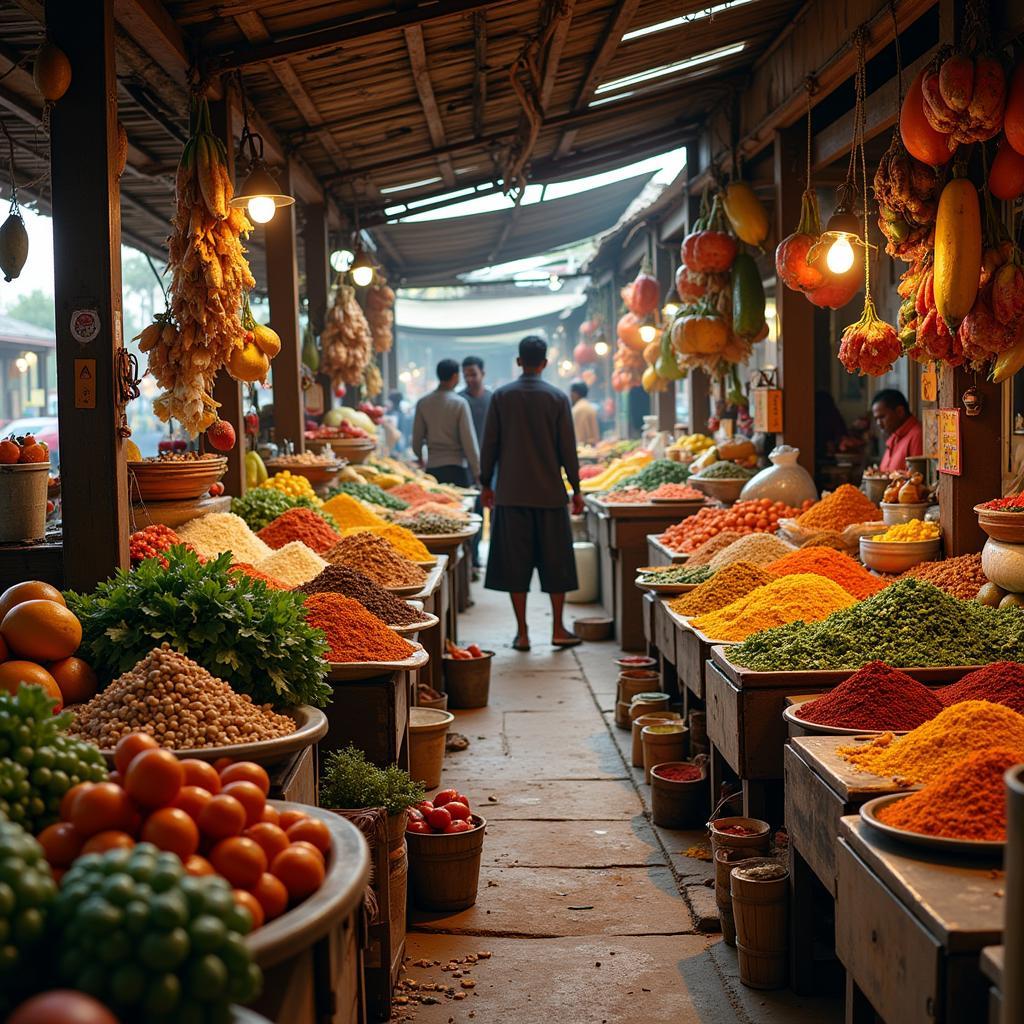African Fashion Dresses 2013: A Blast from the Past and Inspiration for the Future
The year 2013 marked an exciting time for African fashion, witnessing a surge in global interest and a celebration of vibrant, diverse designs. While trends may evolve, the essence of African fashion dresses from 2013 continues to inspire contemporary creations. This article revisits the iconic looks, influential designers, and cultural significance of African fashion dresses in 2013, providing a glimpse into the trends that captivated the world.
Bold Prints and Patterns: A Celebration of African Heritage
One of the defining features of African fashion dresses in 2013 was the unapologetic use of bold prints and patterns. From Ankara to Kente, designers incorporated traditional African fabrics, each with its own rich history and symbolism, into contemporary silhouettes.
These prints, often bursting with color and life, told stories of heritage, spirituality, and everyday life. Designers experimented with geometric patterns, abstract motifs, and intricate details, showcasing the diversity and artistry of African textiles.
The Rise of African Designers on the Global Stage
2013 saw a new wave of African designers gaining international recognition for their innovative designs and unique perspectives. Designers like Maki Oh, known for her contemporary take on traditional Nigerian textiles, and Ozwald Boateng, renowned for his bespoke menswear, were celebrated for their craftsmanship and creativity. These designers challenged Western notions of beauty and style, presenting a fresh and empowering narrative for African fashion.
Their designs were showcased on international runways and embraced by celebrities, bringing African fashion into the global spotlight. This surge in popularity paved the way for future generations of African designers to share their talent with the world.
The Influence of Culture and Tradition
African fashion dresses in 2013 went beyond aesthetics; they were a powerful expression of culture and identity. Designers drew inspiration from their heritage, incorporating traditional silhouettes, embroidery techniques, and adornments into their creations. For example, the use of headwraps, a common accessory in many African cultures, was reimagined in contemporary styles, adding a touch of elegance and cultural significance to outfits.
This fusion of tradition and modernity resonated with a global audience seeking unique and meaningful fashion choices. It highlighted the beauty and diversity of African cultures, promoting cross-cultural understanding and appreciation.
Key Trends and Styles of 2013
Beyond the bold prints and cultural influences, several specific trends defined African fashion dresses in 2013:
- Peplum Dresses: This silhouette, characterized by a flared ruffle attached at the waist, was a popular choice for its flattering and feminine appeal.
- Maxi Dresses: Flowing and elegant, maxi dresses in vibrant prints and patterns were a staple for both casual and formal occasions.
- High-Low Hemlines: This asymmetrical style, with a shorter front and longer back hem, added a touch of drama and movement to dresses.
- Statement Jewelry: Bold necklaces, earrings, and bracelets, often crafted from natural materials like wood, bone, and beads, completed the looks, adding a touch of cultural flair.
The Legacy of 2013: A Continuing Influence
The impact of African fashion dresses from 2013 extends far beyond a single year. The trends and designers of that era helped to reshape global perceptions of African fashion, paving the way for greater diversity and representation in the industry. Today, many of the elements that defined African fashion in 2013—bold prints, cultural references, and innovative designs—remain influential, inspiring contemporary designers and capturing the attention of fashion enthusiasts worldwide.
Conclusion: Celebrating the Vibrancy of African Fashion
African fashion dresses in 2013 represented a pivotal moment in the industry, showcasing the creativity, cultural richness, and global appeal of African design. By revisiting the trends and influences of that era, we gain a deeper appreciation for the evolution of African fashion and its enduring impact on the world stage.



